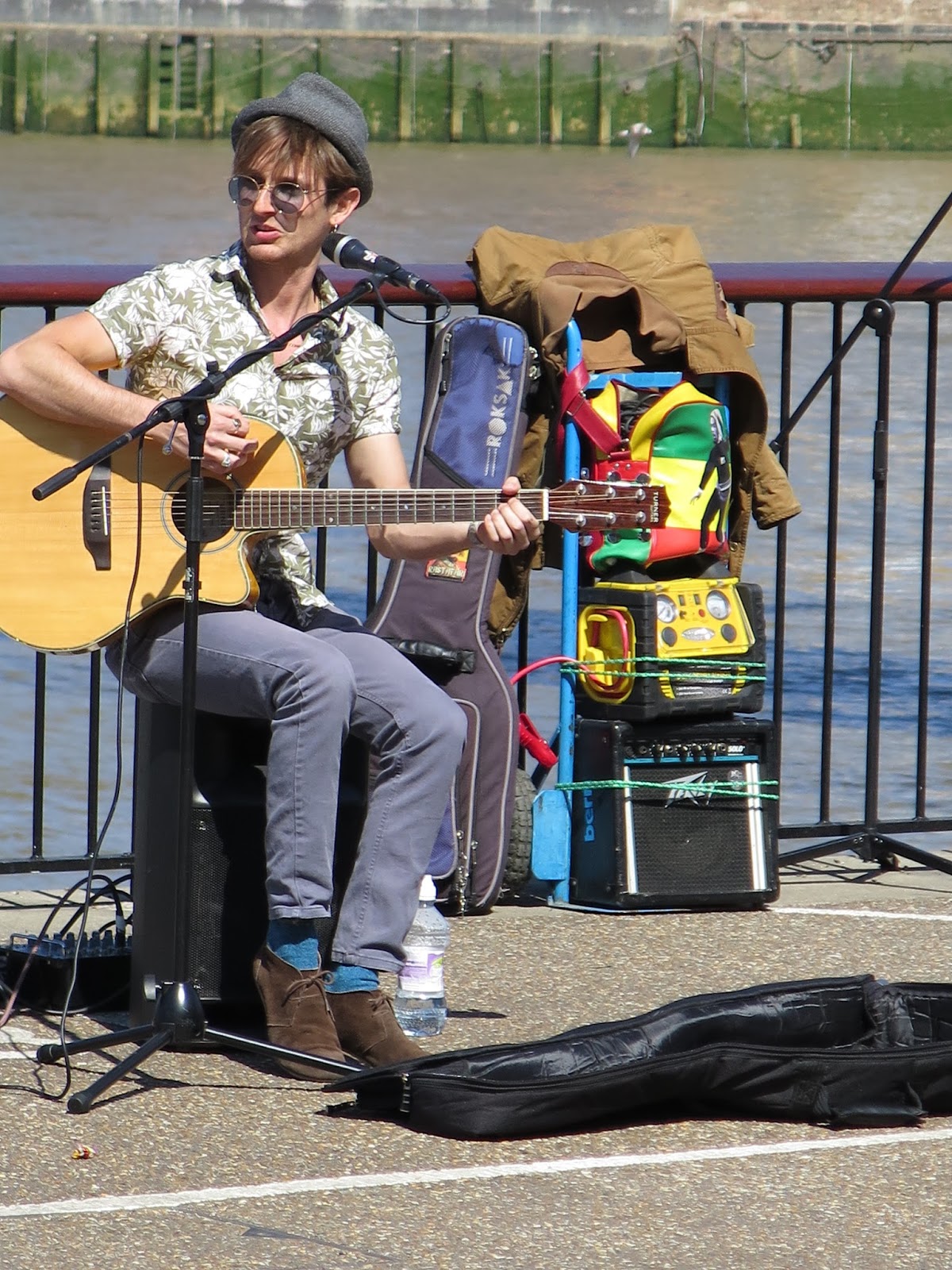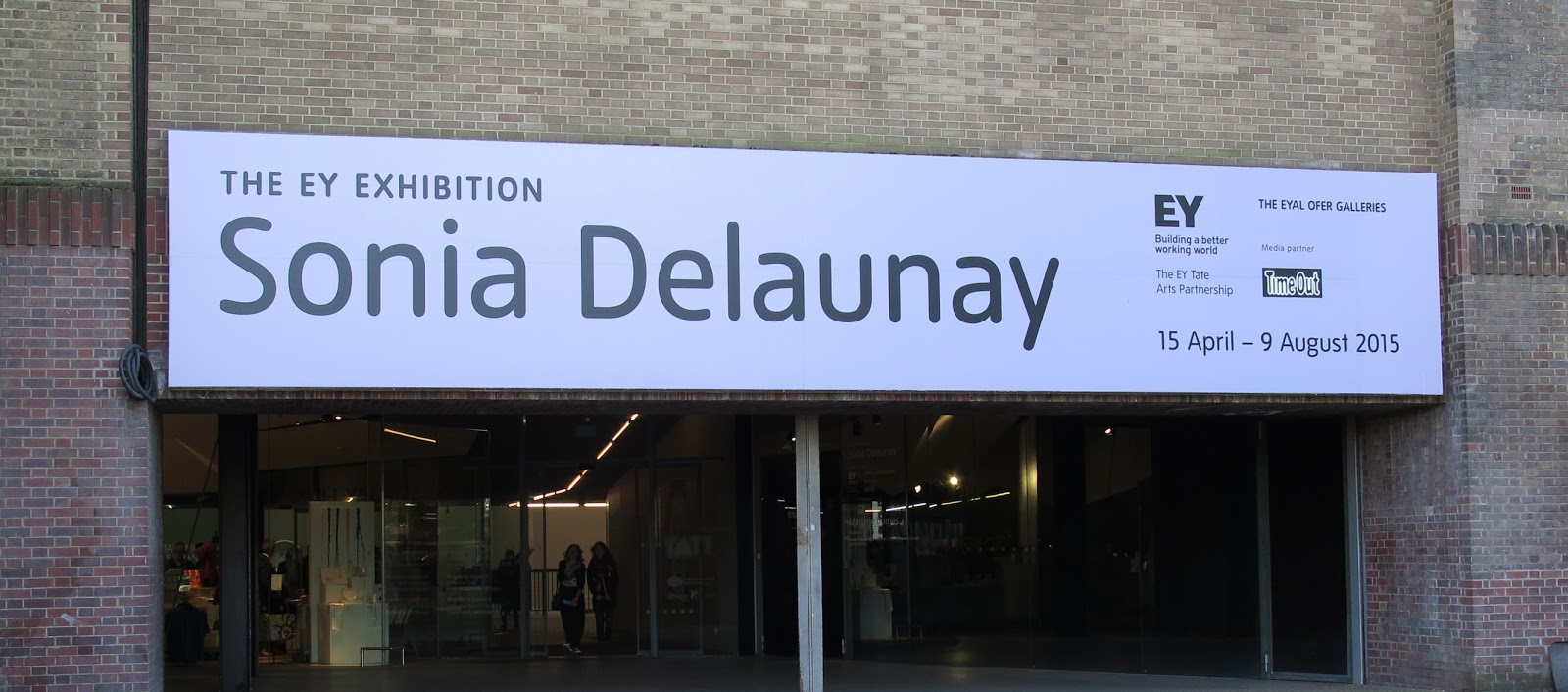 |
| Okay let's cuts some trees too |
Blimey - life is a challenge for commuters on Monday it felt like I was spending half my life on buses (
the troublesome 65) and yesterday following problems on the
London underground's Central Line it felt like I was taking an expedition involving mediaeval torture (okay I might be prone to exaggeration).
 |
| Blocked & |
 |
| Road closed, |
And then when I got to Holborn the area was being remodelled and re-imagined following
substation problems in the vicinity.
Having said that it felt good to be back amongst some of the 'gang' of searchers in thought and to see that the course was being headed up by Scott who had run a couple of the previous courses i have attended at City Lit.
There were 12 students present and about 4 or so of these were 'returnee's'.
Well again it was brought home to me how little I know but that this doesn't negate an effort to find out more.
Review and Intro
The session was largely a scene setter and review of what brings us to the (almost) present day terrain of 20th Century Philosophy -this Scott explained was about what might losley be described as movements and wasn't necessarily about key figures .
6 statements were provided to engage us.
1.) Modern philosophy begins with the work of Rene Descartes (1596- 1650). It is primarily concerned with questions about the nature and extent of human knowledge
Descartes is often labelled as the father of modern philosophy and the adjective Cartesian is used to denote detachment and the application of objective mediations, Descartes was concerned with Epistemology.
2) The philosophy of the seventeenth and eighteenth centuries divides into two main branches: rationalism and empiricism. Rationalists take the view that the mind makes an essential contribution to knowledge.
Empiricists take the view that knowledge derives from experience. Rene Descartes (1596-1650), Baruch Spinoza (1632-1677) and G.W. Leibniz (1646-1716) are rationalists. John Locke (1632-1704), George Berkeley (1685-1753) and David Hume (1711-1776) are empiricists.
There is an ongoing struggle around the viewpoints of Rationalists (where the mind makes an important contribution) versus Empiricism (where the perspective is sensory and experience based), rationalists will argue that senses can deceive us and feel that there is such a thing as inherent knowledge.
3) Immanuel Kant (1724-1804) combines the insights of rationalism and empiricism in an epoch-making way. He is the first philosopher to provide a method for exposing nonsense in philosophy and setting a limit to what philosophy can promise to find out about the world and our place in it.
Kant was a key figure who was able to take insights from both of the two traditions, Rationalism and Empiricism - he asked what was the point of questions and arguments that could not be resolved and believed that there was a limit to what we can know, as humans unlike God are finite. Kant created an idea of 'Nonsense busting', criteria that can apply
i) Principle of significance
ii) Claims need to relate to experience
iii) Information from the world
iv) Reasoning , judgement
Kant did not see questions such as 'Am I free?' as useful.
4) German philosophers after Kant - especially G. W. F. Hegel (1770- 1831) - were not content to accept the limits imposed on philosophy by Kant's method. They constructed systems that were supposed to constitute absolute knowledge.
Of course Kant's ideas (as those before him) generated reaction and figures like Hegel championed the freely acting individual.
5) In the twentieth century, philosophers of different persuasions began to regard an understanding of language (meaning, interpretation, etc.) as crucial to the solution of the problems of philosophy. Martin Heidegger (1869-1976) and Ludwig Wittgenstein (1889-1951) are notable examples.
In the 20th century language became an important area of study (around interpretation and meaning) and some questions of knowledge '
metamorphosised' into questions about language
6) Another major development of twentieth century philosophy is the split between 'analytic' and 'Continental' philosophy. Although philosophers on either side read many of the same philosophers, they focus on different issues and practise philosophy in different ways. Analytic philosophers stress the importance of clarity and argumentative rigour, and mock the obscurity and pretentiousness of Continental philosophy. Continental philosophers stress the importance of (for want a better term) existential issues, and take issue with the narrowness and formality of analytic philosophy.
Analytic thought is generally around formal procedure and Continental (as we might expect) is more involved with what it means to be here and our understanding.
The movements
So the 'movements' we're going to look at 9and more as we move on) are
Pragmatism - a self conscious US tradition that concerns itself with the difference adopting a claim would make (
James and Peirce are important figures).
Logical Positivism - comes out of the Austrian circle and uses observational practices and verification principle (important text from A J Ayer)
Phenomenology - is from the continental and concerned with a first person perspective and how we experience things - (Jackson's thought experiment around redness, the so-called Mary Phenomenon is influential )
and
Structuralism and Post-Structuralism - often about differences e.g. 'red' is defined as not blue or green (important figures are Claude Levi-Strauss and Ferdinand de Saussure)


















































